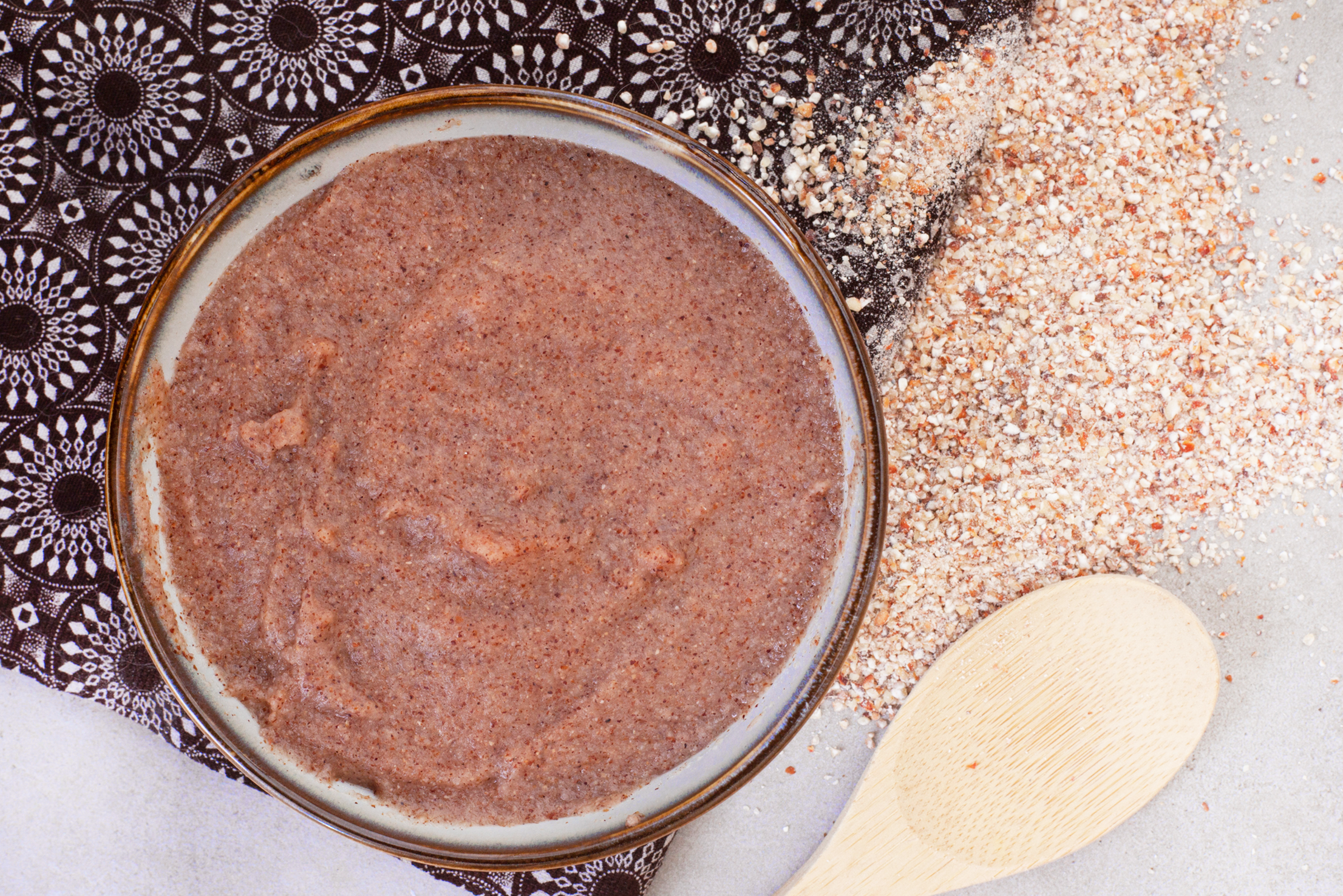
Latest Trends
Trends
Categories
Heritage and indigenous foods take their place in the sun
Back
South Africa’s indigenous and heritage foods are finally being recognised for their culinary excellence, with several initiatives on the go across the country, to promote the use of legacy foods in professional hospitality as well as homecooking.
Once regarded as humble ingredients, these unsung heritage and indigenous foods were staples in many South African homes until a generation ago, and are now being rediscovered in new and exciting ways. Like many other countries South Africa is now celebrating and embracing this rich heritage of legacy foods.
“Tourists who come to South Africa want to experience the best of South African cuisine, using locally-sourced ingredients, and recipes that speak to our culture and heritage,” says Mbulelo Tangweni, head of Tiger Brands Out-Of-Home (OOH), which oversees many of South Africa’s most beloved and iconic food brands, all locally developed.
He points out that many revered French dishes, such as cassoulet, bouillabaisse and ratatouille have their origins in traditional dishes that originated in humble French homes with inexpensive ingredients.
The stand-out quality of all these foods is that they are both inexpensive and highly nutritious, being a good source plant-based protein, fibre and vital vitamins and minerals.
They are versatile and easy to prepare and showcase the flavours of other ingredients well, as a healthy, hearty base for the main players. They are also excellent ingredients to explore for vegetarian and vegan recipes.
Many of these foods and other fresh fruit and vegetables are grown by small-scale farmers in Limpopo and Mpumalanga.
South African Indigenous & Heritage Foods
- Mabele is commonly known as sorghum, and also called millet. It is gluten-free and often used in African and Indian cuisine to make various kinds of porridge. Ting ya mabele is a fermented form of sorghum porridge.
- Morogo is a term for a variety of spinach-like, leafy, dark green vegetables, also called wild spinach or African spinach. It is commonly stewed with tomatoes and onion, and is a staple side dish on South Africa’s dinner plates.
- Delele is a kind of bush okra common to Southern Africa, and looks somewhat like baby marrow. It is prepared with baking soda into a dish also called delele, which is a kind of slimy mush eaten with pap.
- Dinawa are commonly known as cowpeas or black-eyed peas. They have high levels of protein and are a good source of fibre and micronutrients. The leaves and beans are used in traditional dishes, such as Morogo wa monawa, Dikgopana and Tihove.
- Ditloo are also known as Bambara nuts or jugo beans. They are groundnuts or legumes common to West Africa and South Africa. When cooked they have a creamy texture similar to mash, and are frequently prepared with peanuts or peanut butter, morog, tomatoes, onions and spices.
- Ditlhodi or mung beans are easy to prepare and full of delicious, nutritious value. They can also be sprouted and used in stir fry dishes and salads. They are packed with plant-based protein, gut-boosting fibre, iron and B-vitamins.
- Lerotse is an orange-fleshed melon-like gourd, typically salted and boiled and eaten with sour milk or sorghum porridge. The rind can be sundried and stored. It is less sweet than usual melons, and more neutral in taste similar to cucumber.
- Legapu is watermelon and needs little introduction. Served cold and sliced on a hot day, as a deliciously refreshing juice, or added to salads South Africans enjoy watermelon or legapu in the traditional way, simply as it is, seeds and all.



